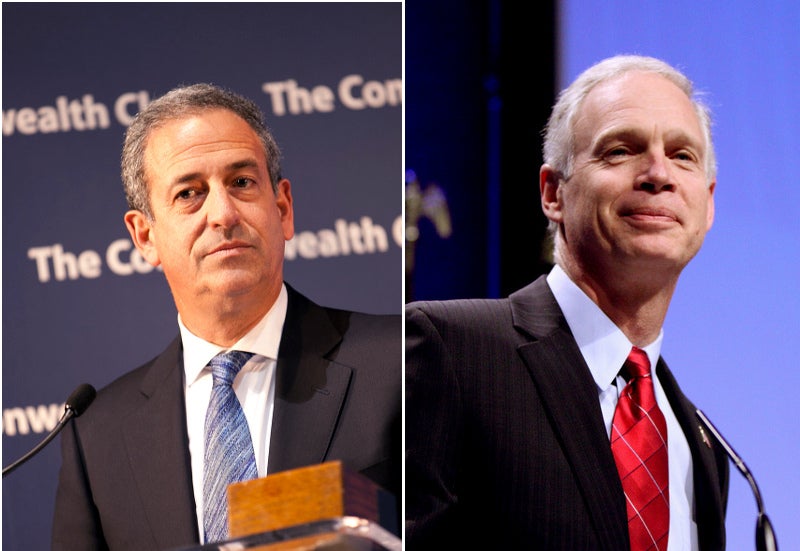Key Highlights
- President Donald Trump’s current approval ratings range from 40% to 45.4%, showing a mixed response among the American public.
- The government shutdown and “No Kings” protests have significantly impacted his approval ratings, reflecting domestic political pressures.
- Trump’s approval rating during his first term was higher at an average of 41%, compared to his final rate of 34% when he left office in 2021.
- The polarized nature of presidential approval ratings has grown substantially over recent decades, with significant differences between Republicans and Democrats.
Current Political Pressures on President Trump’s Approval Rating
President Donald Trump faces a challenging political landscape as he approaches the end of his tenure. Recent government shutdowns, domestic protests, and foreign policy tensions have contributed to fluctuating approval ratings. According to various polls:
- Real Clear Polling’s average from September 29 to October 16: 45.4% approval, 51.6% disapproval.
- Gallup’s latest poll: 40% job approval rating.
- Reuters/Ipsos Poll (October 3-7): 40% favorable, 58% unfavorable.
- The New York Times daily average as of October 17: 43% approval, 53% disapproval.
- Associated Press and NORC Poll: 37% approve, 61% disapprove.
- The Economist’s latest update from October 17: 40% favorable, 55% unfavorable.
- Rasmussen Reports’ poll (October 17): 49% approval, 50% disapproval.
- Morning Consult’s update on October 13: 45% approve, 53% disapprove.
- American Research Group Poll (September 22): 37% approve, 58% disapprove.
These polls reflect a complex political environment where factors such as the government shutdown and protests have played significant roles in shaping public opinion. For instance, President Trump’s decision to halt infrastructure projects in Democrat-led cities due to the ongoing shutdown has further fueled domestic tensions.
Comparative Analysis of Trump’s Approval Ratings
To understand how current approval ratings compare with his first term and past presidents:
- Joe Biden’s approval rating: 40%.
- Donald Trump (first term) average: 41%.
- Barack Obama’s final approval: 59%.
- George W. Bush’s first term: 34%.
- Bill Clinton’s final approval: 66%.
- George H.W. Bush’s final approval: 56%.
- Ronald Reagan’s final approval: 63%.
- Jimmy Carter’s final approval: 34%.
- Gerald Ford’s final approval: 53%.
- Richard Nixon’s final approval: 24%.
The data highlights that Trump’s final approval rating of 34% is lower than his first-term average and significantly below the levels achieved by presidents like Obama or Clinton. This trend indicates a significant erosion in public support, with the most recent polls showing a slight improvement over his last year in office.
Implications of Polarized Presidential Approval Ratings
Presidential approval ratings have always been heavily influenced by partisan divisions, but according to the Pew Research Center, these differences have grown substantially in recent decades. The current political climate has made it challenging for presidents to achieve high approval ratings, as seen with Trump’s fluctuating numbers.
Analysts and experts suggest that while presidential approval ratings are a powerful tool in politics, they may not fully capture the complexity of public sentiment. The polarized nature of these ratings can make it difficult to gauge broader public opinion accurately.
Moreover, the recent protests organized against Trump, such as “No Kings,” indicate growing concerns about his leadership style and policies.
These trends highlight the need for ongoing monitoring and analysis of approval ratings to understand their impact on political outcomes and policy implementation. As Trump’s term draws to a close, these numbers will be crucial in shaping the narrative around his presidency and potentially influencing future elections.
In conclusion, President Donald Trump’s current approval rating reflects a complex interplay of domestic and international factors, with recent events like government shutdowns and protests significantly impacting public opinion. Understanding these ratings provides valuable insights into the political landscape and potential challenges ahead for both Trump and incoming administrations.

